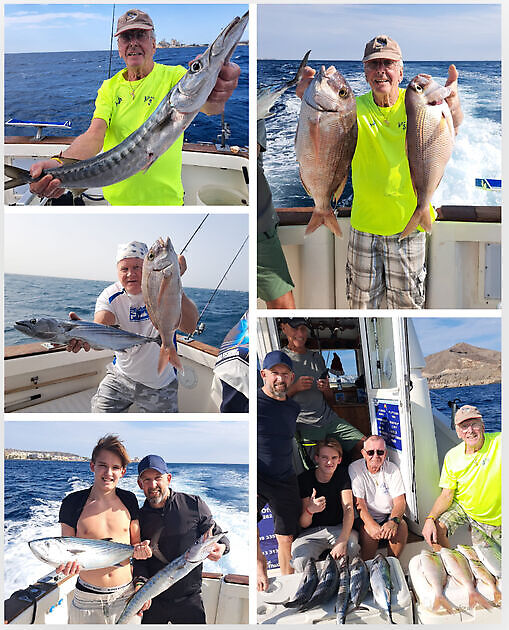How do fish swim in schools?
How do fish swim in schools?
Written by:
Hans Kruit, 15 December 2013
The minnows known as golden shiners put on displays of synchronized swimming that could impress even the toughest Olympic judge. The ability of shiners and other fishes to change direction in harmony has long intrigued scientists, who have developed several ways of describing in mathematical terms how schooling works. But those approaches tend to be simplifications that do not take into account all the real-time sensory information available to the fish.
To get a better idea of what the fish were actually doing, Princeton University biologist Iain Couzin and his colleagues devised a way to make golden shiners move en masse and on cue. The researchers taught a few fish to swim toward a green light to find food and then placed those fish in a larger school. When the light went on, the trained fish broke toward it, triggering a cascade of responses as the rest of the school fell in behind the leaders.
Couzin and his colleagues filmed the action with high-speed video that allowed the researchers to map each fish’s visual field using the location and position of its head. The researchers reported in Current Biology that each fish based its decisions on where to go not on the behavior of its nearest neighbors, as is often assumed, but on a synthesis of where all the fish in its field of view were headed.
“We could pinpoint the exact moment that a fish started moving toward the light, and we found the fish were responding to the fraction of individuals they could see that had also started moving,” Couzin says.
Meanwhile other researchers are working to uncover what makes some fish school in the first place. Katie Peichel, a biologist at the Fred Hutchinson Cancer Center in Seattle, and her colleagues have found that schooling in three-spined sticklebacks depends on behaviors linked to at least two distinct groups of genes. Her group reported in Current Biology that one cluster of genes controls a fish’s propensity to join others in a large group; another set of genes influences how well a fish swims in formation, parallel to its neighbors.
Together the behavioral traits and sensory abilities of schooling fish produce dazzling maneuvers that help fish avoid or defend against predators. “By grouping together, they’re sensing the world in a different way,” Couzin says.
Hans
source: www.salon.com
Would you like to read more blog posts? Go to the page Latest News.




































